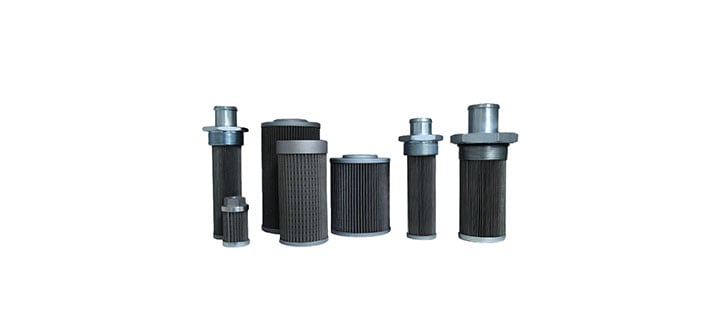The quality assessment of filter elements is a complex process that involves the comprehensive consideration of appearance and physical parameters, material quality, filtration efficiency, cleaning and life testing, as well as air tightness and pressure resistance. These factors together determine the performance and service life of the filter element in actual use. Here is a detailed analysis of how to evaluate the quality of the filter element:
1. Check appearance and physical parameters
(1) Appearance integrity: Check whether the filter element has obvious damage, deformation or defects. A good quality filter element should maintain a complete shape without significant damage.
(2) Size measurement: the key dimensions such as the aperture, outer diameter and length of the filter element are accurately measured to ensure that they meet the design requirements. An improperly sized cartridge can cause installation problems or poor filtration.
2. Material quality assessment of filter elements
(1) Filter quality: Determine the quality of the filter material, such as filter paper, filter membrane, etc., should have good physical and chemical stability to adapt to the requirements of different filtration environments.
(2) Auxiliary material inspection: check the quality of auxiliary materials such as support nets and sealing rings used in the filter element, which also directly affect the overall performance and stability of the filter element.
3. Filtration efficiency test of filter elements
(1) Particle removal efficiency: The filtration efficiency of the filter element in different particle sizes is measured experimentally, and the high-quality filter element should be able to efficiently intercept fine particles.
(2) Chemical compatibility test: evaluate whether the filter element is compatible with the chemical composition of the liquid or gas to be filtered to avoid chemical reactions affecting the filtration effect or damaging the filter element.
4. Cleaning and life test
(1) Cleaning performance evaluation: After backflushing or chemical cleaning of the filter element, observe its performance recovery, good cleaning performance helps to extend the service life of the filter element.
(2) Life assessment: simulate the actual conditions of use, continuously run the filter element, record the performance attenuation curve, so as to evaluate its effective service life.
5. Air tightness and pressure resistance test of filter elements
(1) Air tightness test: Determine the air leakage rate and tightness of the filter element through the air tightness tester to ensure that no air leakage occurs during work and maintain a good filtration effect.
(2) Pressure resistance test: test the structural integrity of the filter element under set pressure to ensure that it will not break or damage under high pressure environment.

